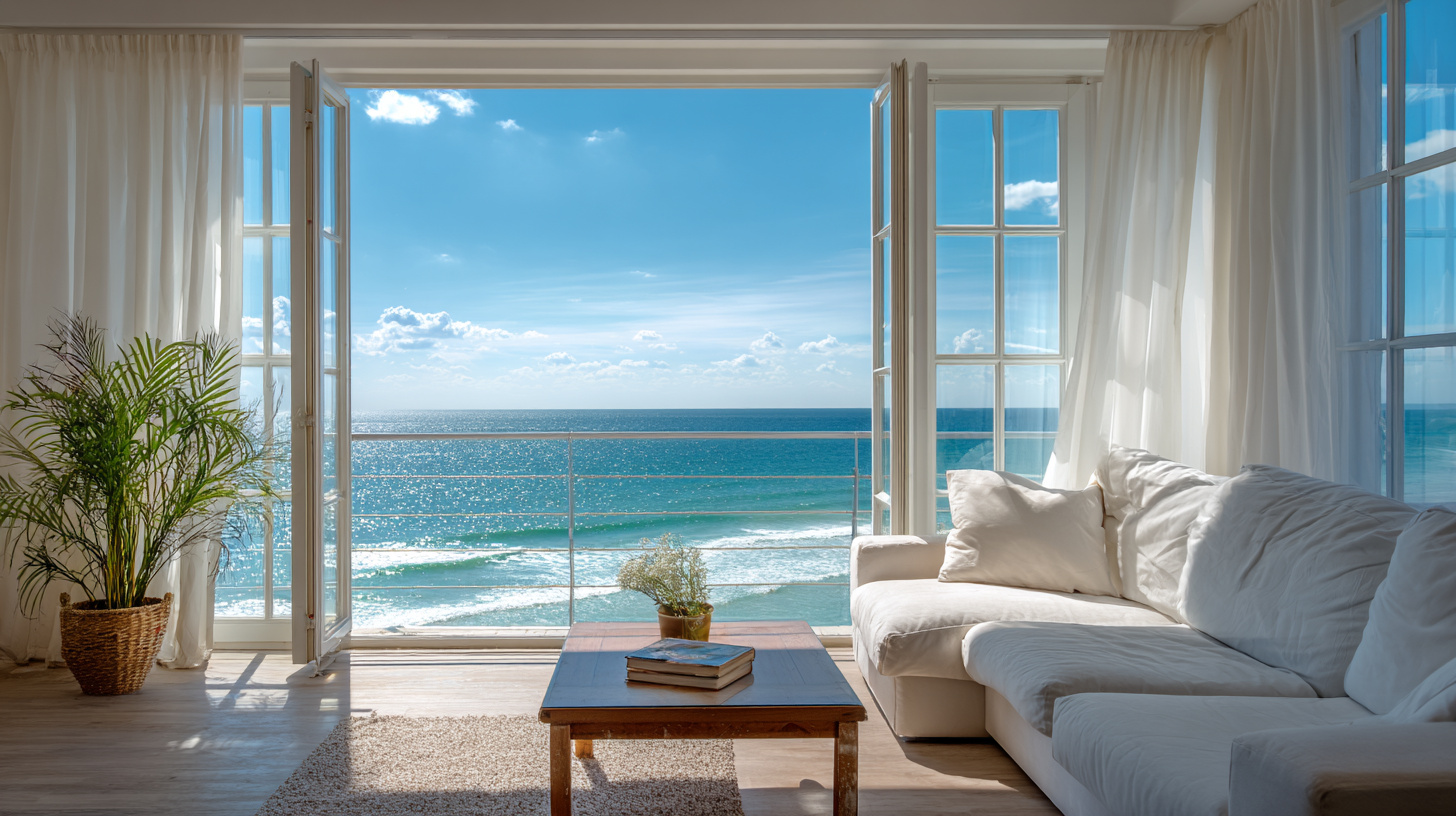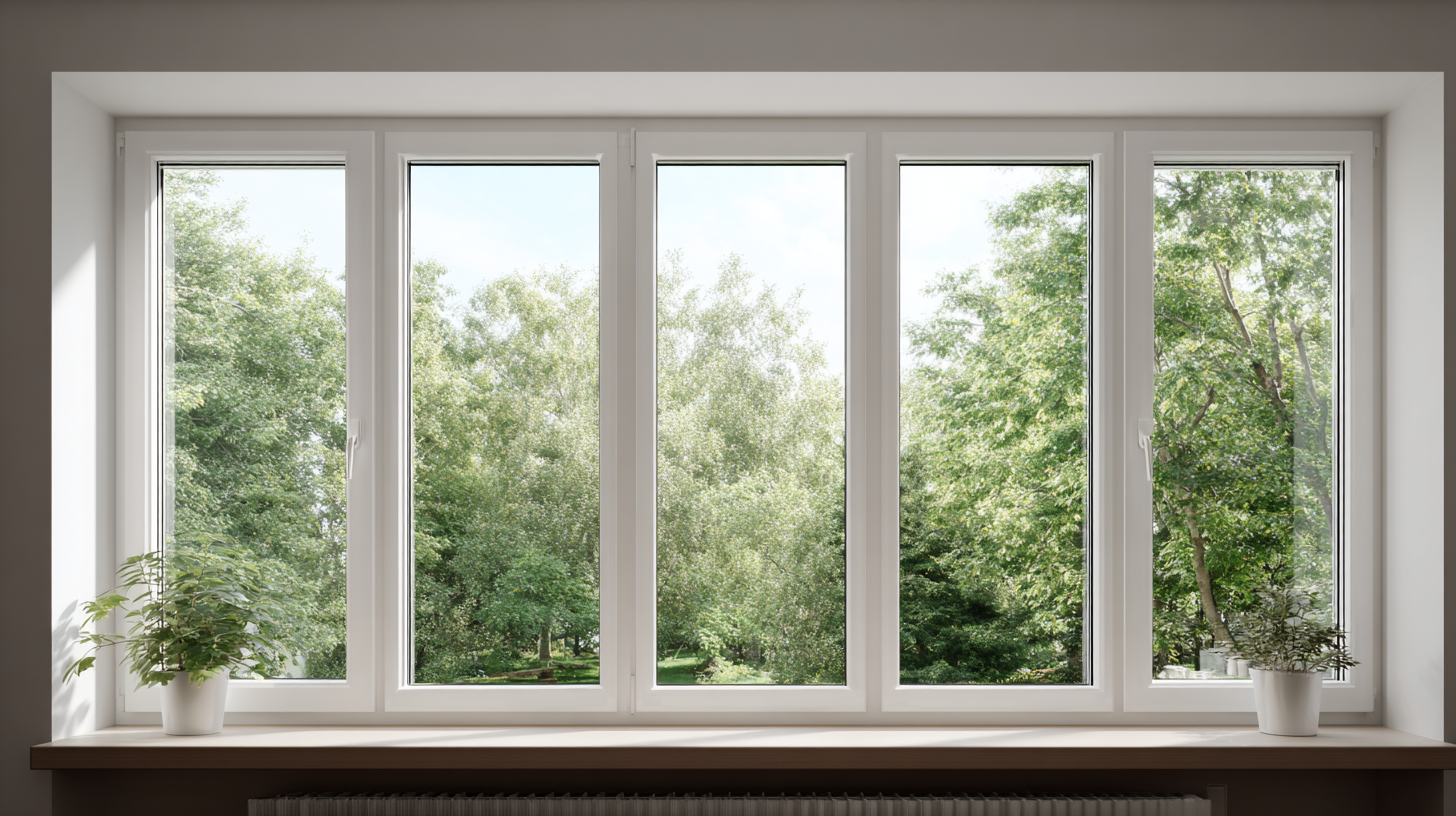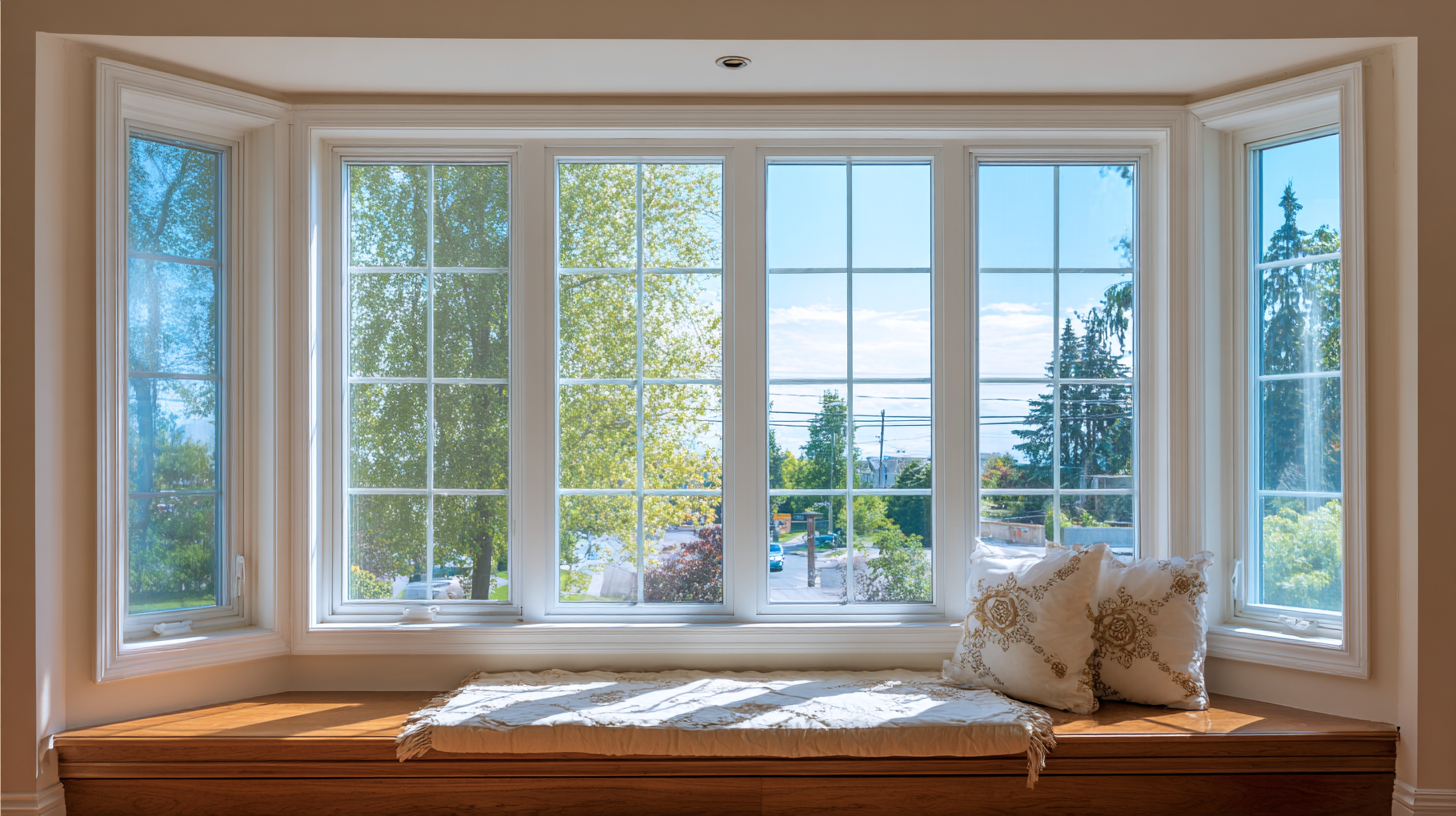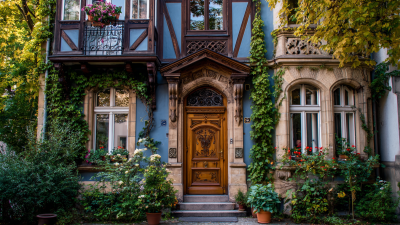In today's competitive housing market, homeowners are increasingly seeking affordable windows that balance cost and quality to enhance both aesthetics and energy efficiency. According to a report from the U.S. Department of Energy, replacing old windows with energy-efficient options can reduce heating and cooling bills by up to 15%. However, many consumers struggle to find options that fit within their budget while not sacrificing durability or performance. The window replacement market is expected to grow significantly, with the Global Window Market estimated to reach $250 billion by 2025, highlighting the need for informed choices. This guide aims to empower homeowners to navigate the myriad of choices available, ensuring they can select affordable windows that deliver on performance, style, and longevity, without breaking the bank.

When selecting affordable windows, it’s essential to assess both quality and cost-effectiveness to ensure you make a sound investment. One of the primary factors to consider is the material of the windows. Vinyl windows are often more budget-friendly while providing good insulation and durability. Conversely, wooden windows may offer superior aesthetics but generally come with a higher price tag and increased maintenance costs.
Another crucial aspect is the window’s energy efficiency rating. Look for windows with a high Energy Star rating, as these can significantly reduce your heating and cooling costs over time. Additionally, consider the warranty offered by the manufacturer. A robust warranty typically reflects the company’s confidence in their product’s quality and longevity. Lastly, examine the installation process and associated costs, as improper installation can negate the benefits of quality windows, leading to drafts and higher energy bills in the long run. By carefully evaluating these factors, you can find affordable windows that do not compromise on quality.
When selecting windows that won’t break the bank, it is essential to understand the various materials available and their respective advantages and disadvantages. Vinyl, for instance, is often celebrated for its affordability and low maintenance requirements. It offers excellent insulation properties and is resistant to rot, making it a popular choice for budget-conscious homeowners. However, vinyl windows can lack the aesthetic appeal of more traditional materials, potentially impacting curb appeal.
On the other hand, wooden windows provide an unmatched elegance and can significantly enhance the beauty of a home. While they require regular maintenance to prevent decay and damage from moisture, their superior insulation properties can lead to long-term energy savings. Aluminum windows present a middle ground; they are generally cost-effective and highly durable, though they often have lower insulation performance compared to vinyl and wood. Conducting a cost-benefit analysis of these materials can aid homeowners in making an informed choice that balances budget constraints with quality and long-term value.
When selecting affordable windows, it's crucial to assess their energy efficiency ratings to ensure long-term savings. Windows are essential not just for aesthetics but also for insulation, playing a key role in a home’s energy consumption. Look for windows with high Energy Star ratings, which signify that they meet strict energy efficiency guidelines. These ratings indicate how well a window can resist heat transfer, keeping your home cooler in the summer and warmer in the winter.
Additionally, consider the U-factor and Solar Heat Gain Coefficient (SHGC) when evaluating windows. The U-factor measures the window's insulation properties; the lower the number, the better it insulates against heat loss. On the other hand, a lower SHGC means less solar heat enters through the window, which is beneficial in regions with hot summers. By focusing on these ratings, you can choose windows that not only fit your budget but also contribute to reduced energy costs over time, ensuring a wise investment in your home.

When considering affordable windows that align with your budget, it's crucial to weigh the installation costs against DIY options. While hiring a professional can ensure quality installation, it often comes with a significant price tag. DIY installation, on the other hand, may save you money upfront, but it requires a good understanding of the process and available resources.
**Tip:** Assess your skill level honestly. If you're comfortable with home improvement tasks, a DIY approach can be a rewarding way to cut costs. However, if you're uncertain, it might be wiser to invest in professional installation to avoid future expenses from potential mistakes.
Additionally, when comparing costs, factor in the time you'll spend on installation. DIY projects can be time-consuming and may take longer than expected, which could translate into lost time elsewhere in your life. Consider the overall value of your time relative to the savings gained from opting for a DIY method.
**Tip:** Gather all necessary materials and tools before starting your project to streamline the process and reduce interruptions. Research different window types and their installation requirements to ensure your project runs smoothly and stays within your budget.

When selecting affordable windows, finding reputable manufacturers and retailers is paramount. According to the National Glass Association, about 75% of consumers express concern over the quality of windows when price is a primary factor. This emphasizes the need to strike a balance between affordability and quality. Some well-regarded manufacturers, such as Anderson and Pella, provide reliable products at competitive prices. Researching customer reviews and industry ratings can guide homeowners in identifying brands that consistently deliver quality without costing a fortune.
In addition to manufacturer reputation, it’s essential to consider retailer pricing strategies. A report from the American Institute of Architects indicates that retail window prices can fluctuate widely based on location and season. Homeowners should compare quotes from multiple retailers and consider options like bulk purchases or discounts for seasonal sales. Local home improvement stores often have partnerships with manufacturers, providing exclusive deals that can significantly lower costs. By leveraging these resources, consumers can ensure they’re investing wisely in their home’s windows while adhering to their budget constraints.
This chart compares the average prices of different window types from various reputable manufacturers, helping consumers choose affordable options without compromising quality.






Leave your projects details, and one of our team will reach out to answer any questions you may have